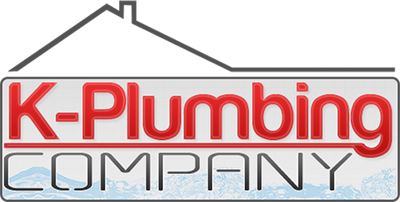Water is important. Water is needed for survival. Human beings drink water, and it is used in many recipes when cooking. Water is also used for hygiene and sanitary purposes. When the water becomes contaminated, it can lead to disease and sickness. Contamination can occur through what is known as a cross connection. This is when drinking water, or the water supply coming into the home, becomes connected to a source of contamination. This can be an actual connected between the water supply and contamination source or refer to a potential connection between the too.
How Does It Happen?
Cross connections can happen in several different ways. In an industrial facility, the drinking water could be coming into the facility and attached to the line for a chemical rinse tank. If the water flow was to reverse, the chemicals could find their way into the drinking water system. This is known as back siphonage. Water lines are breaking, a fire or some other similar circumstance can result in water reversal. If the pressure for the chemical rinse tank line is higher than the drinking water system, the chemicals can be pushed into the line for the water. This event is known as backpressure. If you are at home and you are filling your pool with a hose, you may leave the hose in the pool, and it will eventually be submerged by the water. If a water line breaks down the street and there is a backup of pressure, anything in the pool could end up being sucked through the water hose and into the water lines. This is also back siphonage. Hoses in dirty buckets, water softeners, fire sprinklers, hot tubs, and boilers are some of the other ways that cross connection can occur.
Can You Prevent Cross Connection?
Cross connections can be prevented. One way to prevent cross connection is by using a black flow preventer. Another way is to separate the water supply from the contamination source physically. If physical separation is possible because there is a gap of air located somewhere between the supply of water and the source of contamination, for example, if you have the hose in the swimming pool, removing the hose can prevent contamination. It prevents the contamination from the pool from being sucked into the hose. If you decide to use a backflow preventer, this makes sure that a cross connection doesn’t happen. For example, looking at the situation with the chemical rinse sink; it prevents the black flow from happening and the chemicals getting into the water. When this mechanical device is installed correctly, it prevents contaminated water from mixing and entering the main water supply. When looking for a backflow preventer, it is important to know that there are many different types available. These delices can have different uses depending on the reason you need them and what you need it to do.
If you are worried about cross connection and aren’t sure how to handle it, you should consider hiring a professional plumber. Professional plumbers know the different types of cross connection that can occur. They know how to address the concerns effectively. If you don’t know how to fix the problem on your own, or you don’t have the time, a professional can help.


